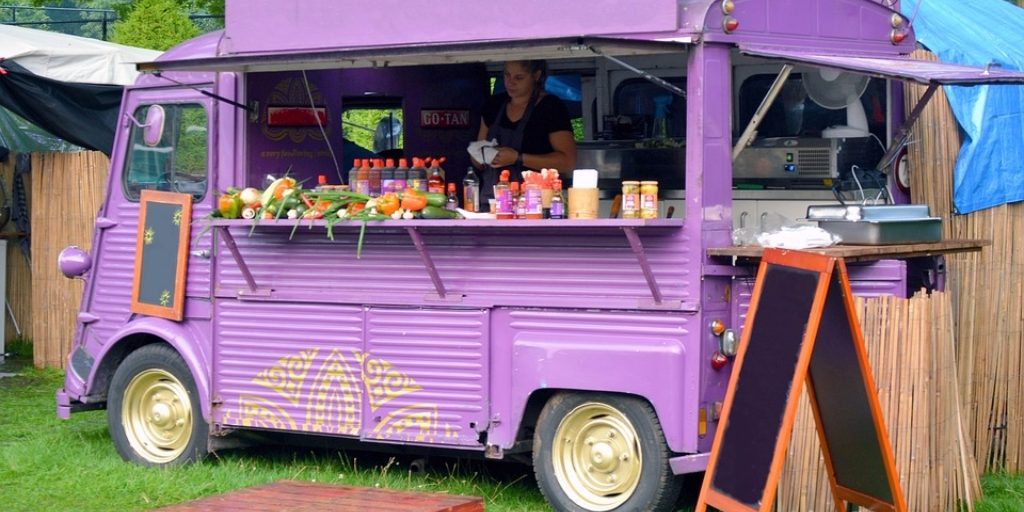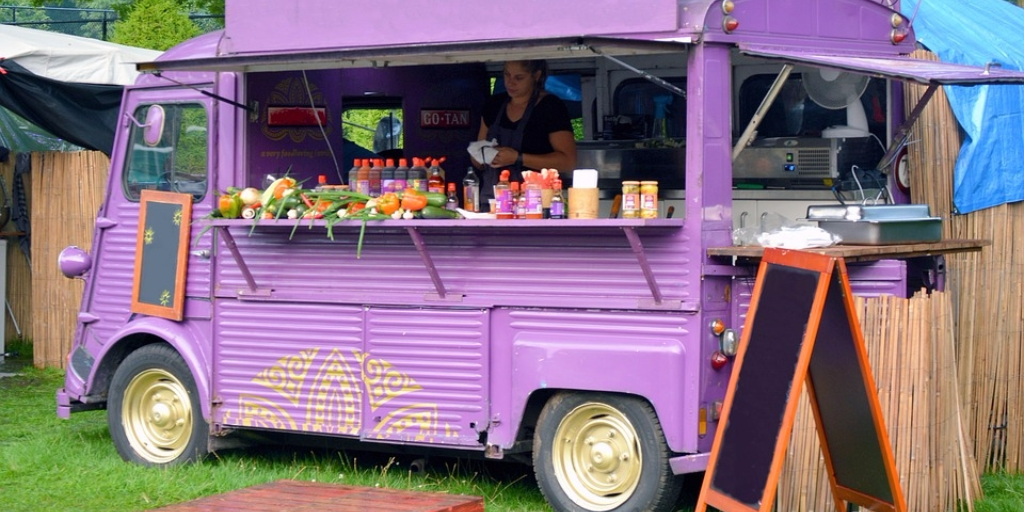Top Five Food Safety Issue in Food Truck
Food truck or mobile food vans is an idea whose time has come. However, there are food safety issue in food truck. As more and food truck come on the road an impending food safety hazard may hamper the growth of this category.Sometimes a simple mistake can have grave consequences. What may seem like a small food safety mistake can cause serious illness with long-term consequences.
Why is there Food Safety Issue In Food Trucks
Food trucks are very small, have very less staff and even less equipment compared to a commercial kitchen. Coupled this with the fact that there always on the move which can play riot with temperature control measure. Finally, most food trucks do not have an active food safety management system ie there is poor awareness of food safety issues.
Critical Food Safety Issue in Food Truck
No Sanitation of Tables
Cross contamination is a result of table tops which are not sanitised in food trucks. The accumulation of grease deposits, dirt and other residues and contact with other food surfaces leads to food safety issues. Regardless of method of food safety preparation your tables have to be sanitised . By regular cleaning and sanitizing at a frequency that prevents accumulation of grease deposits, dirt and other residues, having regard to their use.Prevention of cross-contamination of ready-to-eat food or clean and sanitized food-contact surfaces with soiled cutting boards, utensils, aprons, etc., or raw animal foods.
The terms sanitizing and disinfecting are often used interchangeably which can cause confusion when implementing hygienic practices.
Sanitizing: Reducing germs on inanimate surfaces to levels considered safe by public health codes or regulations.
Disinfecting: Destroying or inactivating most germs on any inanimate surface.
Sanitizing: Ratio: 1 tablespoon of bleach to 1 gallon of cool water. Contact Time: Let stand for 2 minutes, then wipe or air dry.
Disinfecting: Ratio: 1/4 (minimum) to 3/4 (maximum) cup of bleach to 3.5 litre of cool water or 1 tablespoon (minimum) to 3 tablespoons (maximum) of bleach to 1 liter of water. Contact Time: Let stand for 2 minutes, then wipe or air dry.
When should you Sanitize and When should you Disinfect?
Sanitizing: Appropriate for food contact surface sanitizing (dishes, utensils, cutting boards, high chair trays, tables).
Disinfecting: Appropriate for use on non-porous surfaces such as counter tops, door and cabinet handles,and sinks used.
Special Note: Always clean visible debris from the surface prior to sanitizing or disinfecting.
Improper Washing of Hands
This is the number one source of food contamination and can be easily be prevented by having a clean hands programs and using gloves. One of the big concerns is lack of a separate sink for washing hands. Washing hands in sink where vegetables or utensils are washed leads to contamination. Some of the resources you can have is hand sanitiser or gel, gloves, separate sink for washing hands. And most important- ensure that your staff are not working sick. Research has shown this to be major violation.
Water Potability
Is food truck water fit for consumption? Water of poor quality will affect everything in your food truck. Boiling water will not overcome this food safety issue in food truck. Test the water in your truck for potability. Also, schedule a program for cleaning and washing your tank storage.
Refrigeration Temperature
A food safety issue in food truck of a primary concern which can be easily managed in refrigeration temperature. Food must be below 4 degree C or under -4(minus4) degree C as required. Its hard in restaurant but extremely hard to manage in mobile food service operation. There are some things you can do to manage the food temperature in food trucks
- Purchase a good fridge. Save yourself the misery of high operating cost and breakdown.
- Monitor and record food temperature of refrigeration units. Do this every day, twice a day. Have separate thermometer which takes the temp of air in the chamber. This is important as usually vendors take temperature .
- Calibrate your fridge and temperature indicator. Its a measure to ensure that temperature indicator works. It will ensure that your cut off for fridge works at the designated temperature. The purpose of calibration is – how do you know that the temperature shown is the actual temperature. Calibration should be a done a min twice a year from NABL accredited laboratory.
- Maintain the equipment in good repair. Check for the quality of gasket. Poor quality will result in increase in temperature.
- Have a plan of action when temperature is not range bound.
- Have an maintenance program where refrigeration is checked for leakage and topped with gas.
Internal Food Temperature
Hot food must be served hot and cold food cold. Hot food must be served above 53 degree C and Cold food at 6 degree C. This is critical as a lot of food trucks have ready to eat food stuffs, in other words food that has been pre prepped. Bacteria multiply from 6 to 53 and get killed above that. Heating up food at the right temperature increases the safety of food. Please keep in mind that this is on the assumption that the actual preparation of food was safe. No amount o final high heat will make bacteria laden meal safe.
You need to monitor this by having a core temperature probe and measure every order. EVERY ORDER!!Do this and overcome food safety issue in food truck.
Lack of Pest Control
Food trucks are difficult work environment. Its hot, humid, lots of food and perfect for rodents and other pest. No pest control program has know to create serious rodent problem in food trucks. Have a pest control program which involves fumigation and good hygiene practices. Your pest control vendor should audit the food truck and advise you on what correction that you need to take. A hole here and hole there is all that is needed to ruin your food party. No pest control is a serious food safety issue in food truck.
These are known hazards in most food trucks. But they can be managed with a little oversight.



